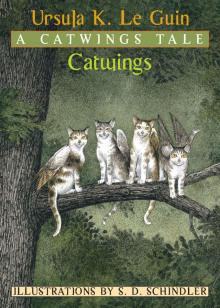 Catwings
Catwings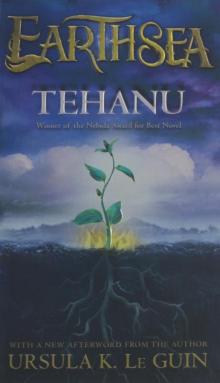 Tehanu
Tehanu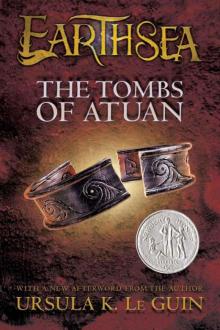 The Tombs of Atuan
The Tombs of Atuan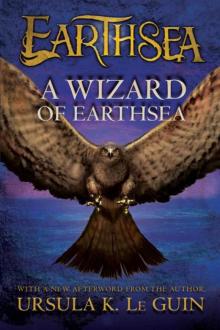 A Wizard of Earthsea
A Wizard of Earthsea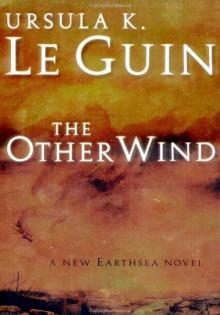 The Other Wind
The Other Wind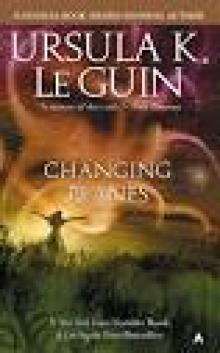 Ursula K. Le Guin
Ursula K. Le Guin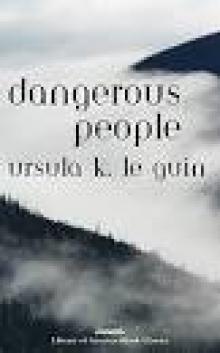 Dangerous People
Dangerous People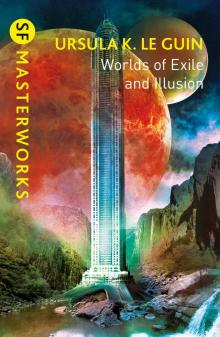 Worlds of Exile and Illusion: Rocannon's World, Planet of Exile, City of Illusions
Worlds of Exile and Illusion: Rocannon's World, Planet of Exile, City of Illusions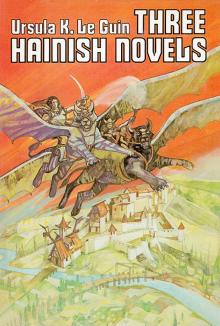 Three Hainish Novels
Three Hainish Novels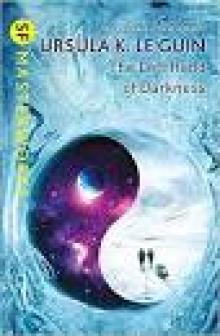 The Left Hand Of Darkness (SF Masterworks)
The Left Hand Of Darkness (SF Masterworks)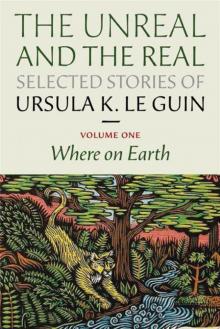 The Unreal and the Real - Vol 1 - Where On Earth
The Unreal and the Real - Vol 1 - Where On Earth The Visionary
The Visionary The Ones Who Walk Away from Omelas
The Ones Who Walk Away from Omelas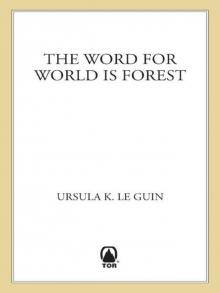 The Word for World is Forest
The Word for World is Forest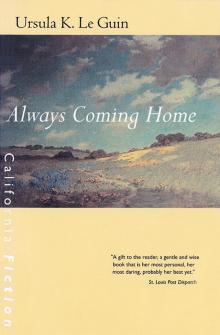 Always Coming Home
Always Coming Home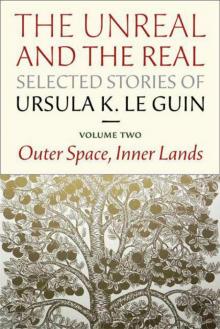 The Unreal and the Real - Vol 2 - Outer Space, Inner Lands
The Unreal and the Real - Vol 2 - Outer Space, Inner Lands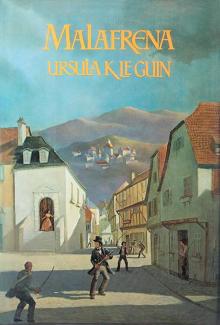 Malafrena
Malafrena The Lathe of Heaven
The Lathe of Heaven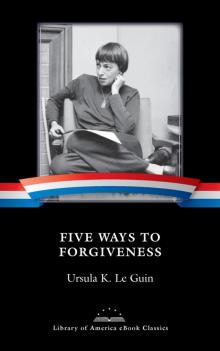 Five Ways to Forgiveness
Five Ways to Forgiveness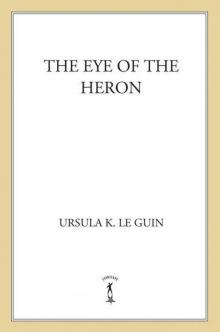 The Eye of the Heron
The Eye of the Heron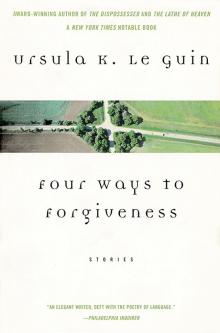 Four Ways to Forgiveness
Four Ways to Forgiveness Powers
Powers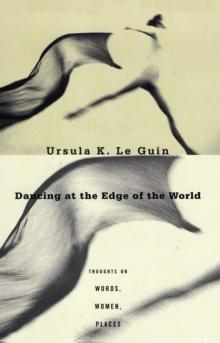 Dancing at the Edge of the World
Dancing at the Edge of the World Very Far Away from Anywhere Else
Very Far Away from Anywhere Else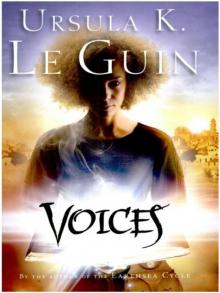 Voices aotws-2
Voices aotws-2 The New Atlantis
The New Atlantis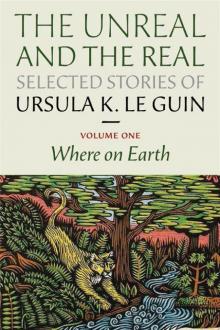 The Unreal and the Real, Selected Stories of Ursula K. Le Guin Volume 1: Where on Earth
The Unreal and the Real, Selected Stories of Ursula K. Le Guin Volume 1: Where on Earth The Telling
The Telling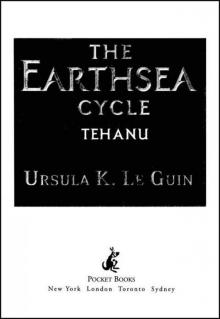 Tehanu (Earthsea Cycle)
Tehanu (Earthsea Cycle) Nine Lives twtq-9
Nine Lives twtq-9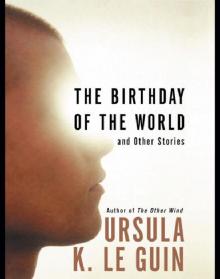 The Birthday of the World and Other Stories
The Birthday of the World and Other Stories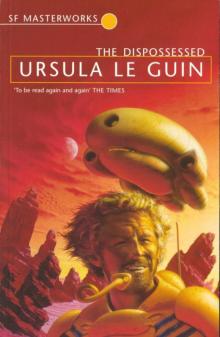 The Dispossessed
The Dispossessed Changing Planes
Changing Planes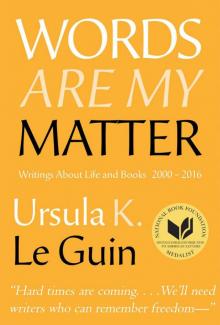 Words Are My Matter
Words Are My Matter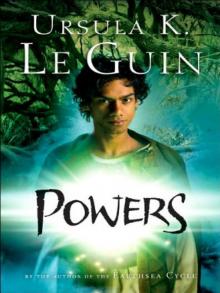 Powers aotws-3
Powers aotws-3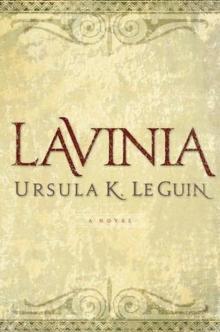 Lavinia
Lavinia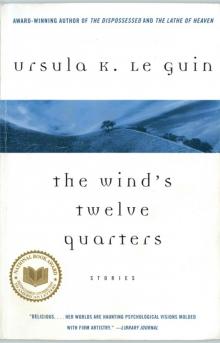 The Wind's Twelve Quarters
The Wind's Twelve Quarters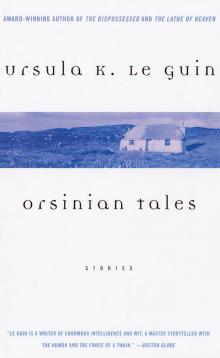 Orsinian Tales
Orsinian Tales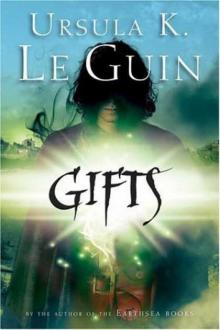 Gifts aotws-1
Gifts aotws-1 Coming of Age in Karhide
Coming of Age in Karhide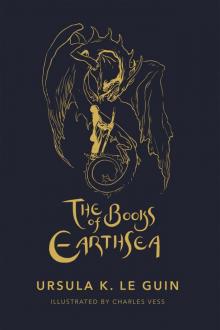 The Books of Earthsea: The Complete Illustrated Edition
The Books of Earthsea: The Complete Illustrated Edition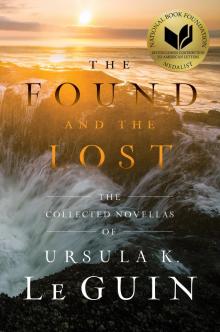 The Found and the Lost
The Found and the Lost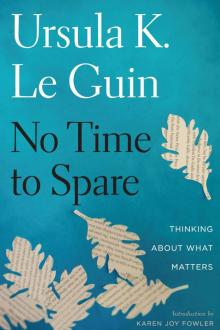 No Time to Spare
No Time to Spare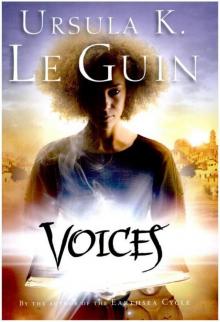 Voices
Voices The Wild Girls
The Wild Girls Old Music and the Slave Women
Old Music and the Slave Women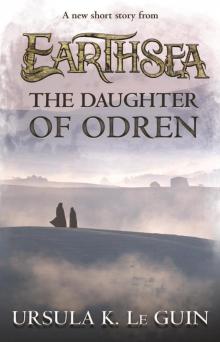 The Daughter of Odren
The Daughter of Odren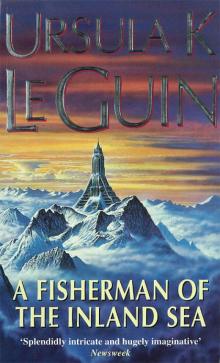 A Fisherman of the Inland Sea: Stories
A Fisherman of the Inland Sea: Stories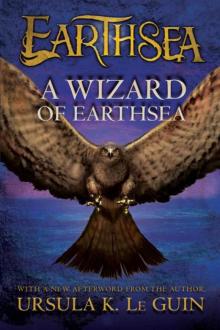 A Wizard of Earthsea (The Earthsea Cycle)
A Wizard of Earthsea (The Earthsea Cycle)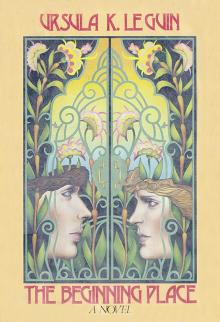 The Beginning Place
The Beginning Place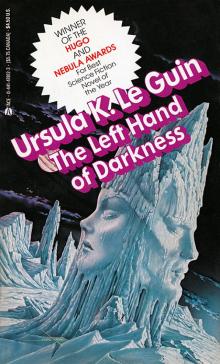 The Left Hand of Darkness
The Left Hand of Darkness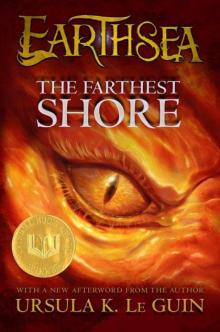 The Farthest Shore (Earthsea Cycle)
The Farthest Shore (Earthsea Cycle)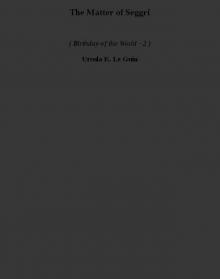 The Matter of Seggri botw-2
The Matter of Seggri botw-2